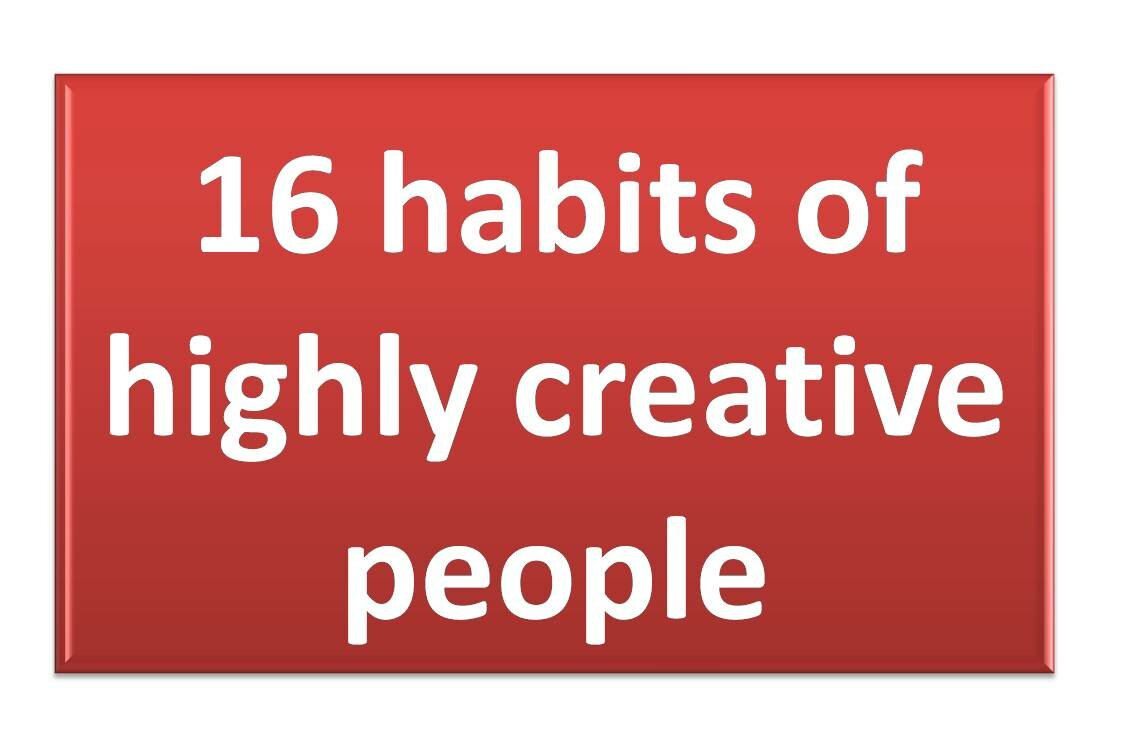|
|||||||||
shalu wasu | Mar 28, 2011
 Though companies have embraced Facebook as a tool to connect with customers and potential customers, most of them use it solely as a marketing tool and focus on selling more widgets and boxes. A small but growing number of companies however have recognized that a Facebook page can also be an effective tool to provide customer service.
Though companies have embraced Facebook as a tool to connect with customers and potential customers, most of them use it solely as a marketing tool and focus on selling more widgets and boxes. A small but growing number of companies however have recognized that a Facebook page can also be an effective tool to provide customer service.
The majority of those who are using it as a customer service tool are however not using the full potential of what is possible. For many brands customer service on Facebook simply means replying to the fans’ questions, rants and complaints on the main wall (example – ), this is simply not effective because of the following reasons.
- The responses get buried under new wall posts quickly and therefore not useful for fans who might have the same queries but on a different day!
- The responses are not search-able and therefore the same questions need to be responded to many times
- Since the responses get buried quickly, the community does not really get a chance to jump into a discussion and contribute
- Any new fans who join the page will only see a main wall full of complaints and rants, not exactly the positive note that most brands would want to start off with.
- It is extremely difficult to keep a track of the quality of responses over a long period of time.
- SEO benefits
- It is amateurish and appears (and is clumsy)
The alternative is to use a custom application to provide customer service. Apart from building one of your own, there are a variety of plug and play options that are available. Here are a few that are good.
Another variation of ‘using a tool’ is to ‘listen’ to conversations/ comments on Facebook and then respond to them through the usual channels. Organizations like BuddyMedia, SalesForce.com,and LivePerson advocate this route but I am not a fan.
Having helped a number of top brands use Facebook for customer service and having experimented with a variety of methods and processes, these are some best practices that I have discovered along the way.
1. Use a custom application to run the show and for reasons mentioned above do not run customer service off the main wall.
- Flexible: Your chosen tool should be flexible to suit your needs and the needs of your customers.
- Intelligent and intuitive: The customer service team should not have to answer the same questions again and again!
- Scalable: If the number of queries shoots through the roof (which is actually a good thing) the tool should allow for more and more customer service professionals to respond to queries with zero or minimum additional cost.
- Work off multiple platforms: What if your Facebook page gets blocked, or if you have customers who hate Facebook. The tool that you pick should also work off your website, blog or whatever else you or your customers may prefer.
- Simple: Your community manager or customer service team should find it simple and easy to operate this tool. (Rule of thumb – it should mean less than 4 hours of training)
- Use the community as an asset: What’s the benefit of a Facebook page if you cannot leverage off the collective wisdom of your community to solve problems of your customers. Apart from the customer service team, all fans should be able to respond to queries that are posted by a user. This is a very valuable feature that instantly converts a standard support system into a community based support system.
I definitely recommend GetSatisfaction but I would to see them add the ability to have a multimedia response quickly.
2. A tool is just a tool
Using the best app in itself will not help to increase customer satisfaction. The right tool is simply one of the many factors that will result in success
3. Do not just import a set of guidelines
Most brands have a ’200 page manual’ on dealing with customer complaints and they assume that it should be possible to simply change the cover page and use the same manual for providing support on Facebook. Unfortunately, it does not work that way and there are many new aspects to take care of – some of them are
- Response time: The expected response time on Facebook is a lot shorter than email or website based support systems.
- Tone: There might or might not be a change required here.
- Scenarios: The fact that these queries and responses are out in the ‘open’ there are so many more scenarios that can develop on Facebook that we should envisage while creating or modifying our customer service guidelines for Facebook
4. Do not just ‘add on’ a responsibility
The customer service team need a proper orientation, training and hand holding while they move into this new environment. Do not just add on another task to their to-do list.
5. Solve problems, not simply redirect them
You should not treat this medium simply to ask your fans to ‘write to this email ID’ or ‘call this number’ or ‘fill up this form’. In other words, do not simply redirect traffic to your existing platforms but actually solve problems right on this this new platform. Not doing so will be frustrating and will waste time for not only your customers but also your customer service team.
6. Be ready for an increase in ‘bad stuff’
Most brands expect a ‘decrease’ in overall complaints and issues when they enable customer service on Facebook and are surprised when usually there is a jump in the total number of complaints that come in. It is important to recognize that the Facebook customer service platform is not ‘causing’ an increase in the complaints but simply makes it easier for customers to find you and reach you!
7. Don’t be scared, be prepared
Most brands are simply scared of enabling customer service on Facebook (or even having a Facebook presence) simply because they do not want to deal with the complaints and criticisms that might follow. The right way to approach is issue is that when people complaint or share a grievance with us they are giving us an opportunity to set things right. If we do not ‘listen’ to these grievances it does not mean that they will go away. They will exist on forums, blogs, on Facebook and on Twitter and will do us greater harm.
8. Prep the top management
The customer service department in most organizations is not really the centre of the top management’s attention (unless something goes terribly wrong). Well that changes very quickly when you start solving queries on Facebook. Because it is out there in the open and because every CEO right now wants to figure out ‘how to use Facebook’ to run his or her business better (and also because the CEO’s kids probably try the customer service feature and send in some quick feedback) you will find that the top management suddenly has a lot more time for ‘Customer Service’. Nothing wring with that – there expectations need to be managed so that the truthful and ‘in you face’ feedback about the brand is not a shock to them.
9. Prepare for the backlash from the customer service team
The customer service team will resent the public scrutiny of their responses, the long time it takes to respond and the constant interference of the marketing, sales, PR and the senior management in their work. They need to be shown the bigger picture and explained why this is happening. It is very easy for them to feel frustrated and ‘rebel’ against this new fangled system that ‘does not work’!
10. Focus on opinions, not just complaints
A huge benefit of such a system is that it throws up not just complaints and issues but also ideas, feedback and product ideas. It is important to share them quickly and effectively with the right people in the organization!
While I believe that Facebook is a more effective tool than Twitter for customer service, Twitter has its own uses but that is the subject of another post!
Filed Under: Customer Service • Media
|
|||||||||


















